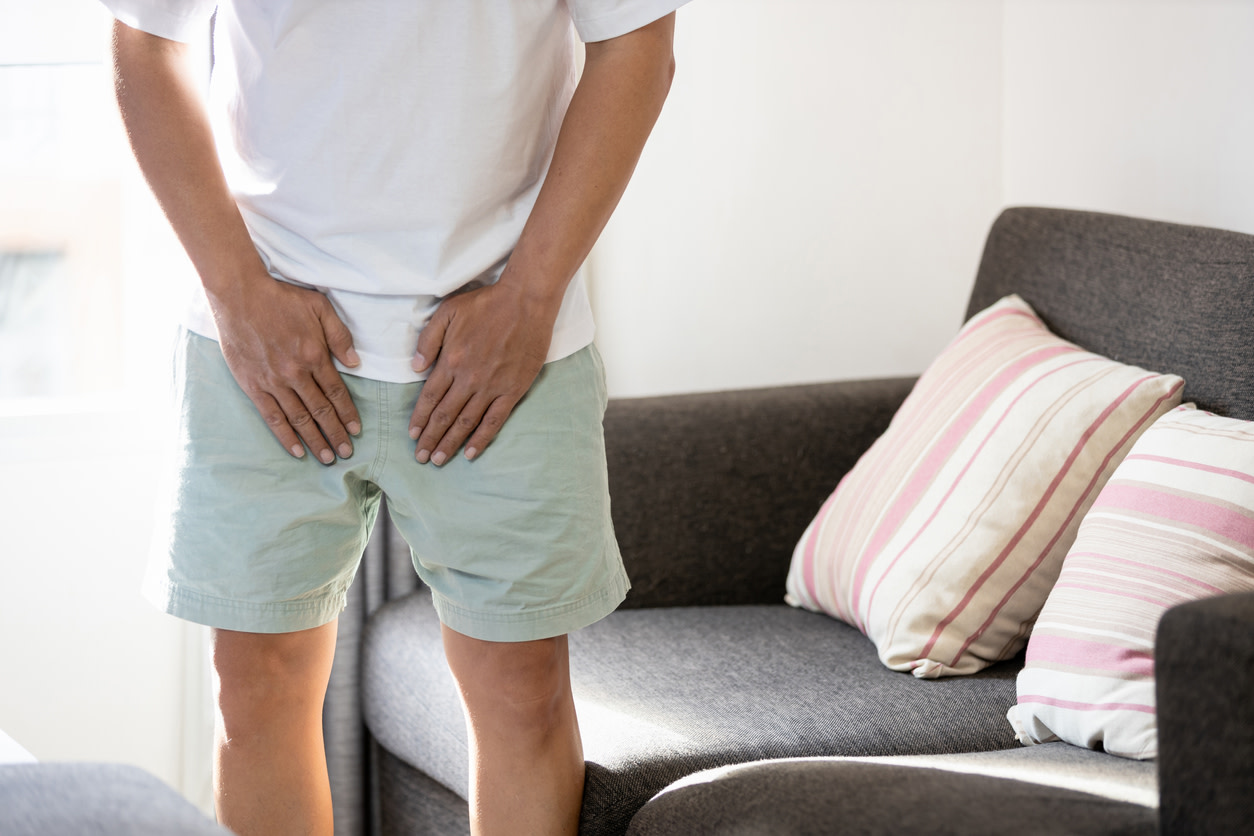How to help groin pain: symptoms, treatment, and exercises
Understand what groin pain feels like, how it happens, and which movements can help treat it, so you can get back to doing what you love.
0 $ pour vous
Date de publication : Apr 8, 2025
Table des matières
Fully covered hip pain relief
Find relief from hip pain, buttock pain, hip tendonitis, & more.
Check if I'm eligibleExercises for groin pain
Want expert care? Check if you're covered for our free program →- Sidelying Hip Adduction
- Standing Groin Stretch
- Straight Leg Raises
- Hip Flexor Stretch
